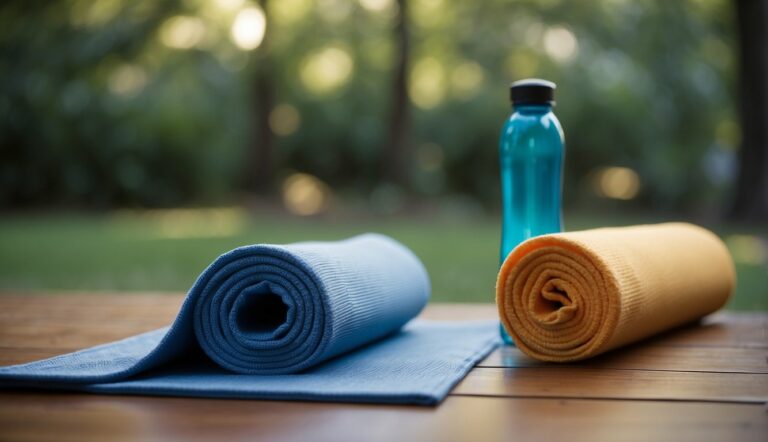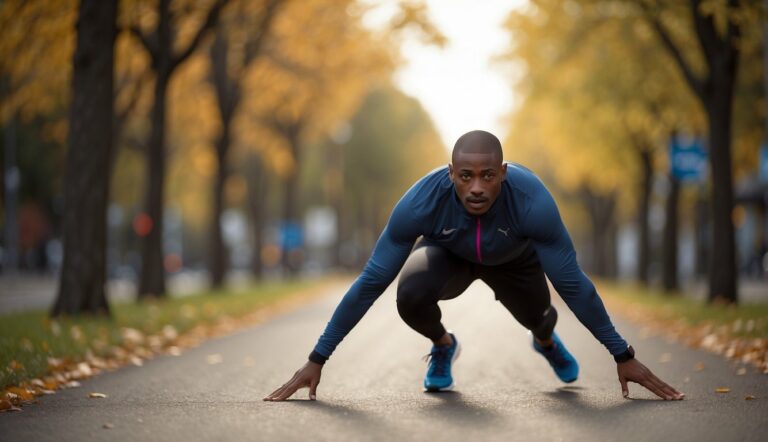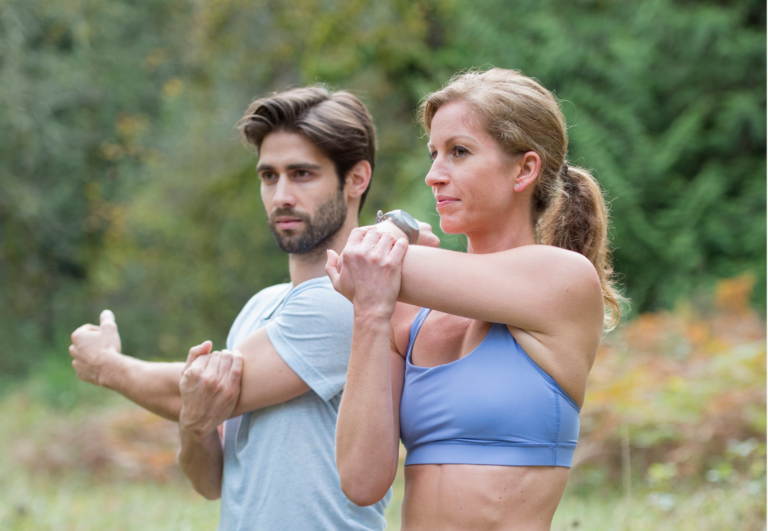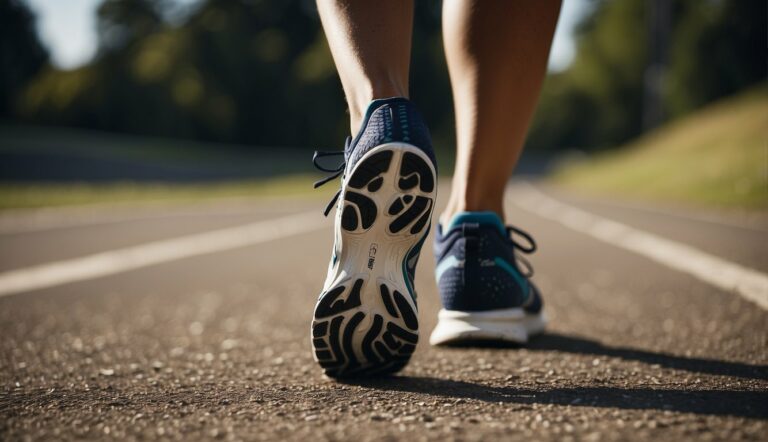Should You Run Before or After Yoga? (How About Both!)
As yoga’s popularity continues to increase worldwide, many are finding ways to pair it with other forms of aerobic exercise. One such form of aerobic exercise is running. But are these two compatible, and if so, in what order should they be completed? Should you run before or after yoga?
Yoga can be good for runners both before and after a run. A short (5-10 minute) yoga session before a run can help get the body warmed up, but if it is too long, you risk overstretching. Performing a short or full-length yoga session after a run can aid in recovery and prevent muscle soreness.
Below you will find detailed responses to all of your questions regarding these two exercises and the best way to pair them. Keep reading to find the answers you’re looking for.
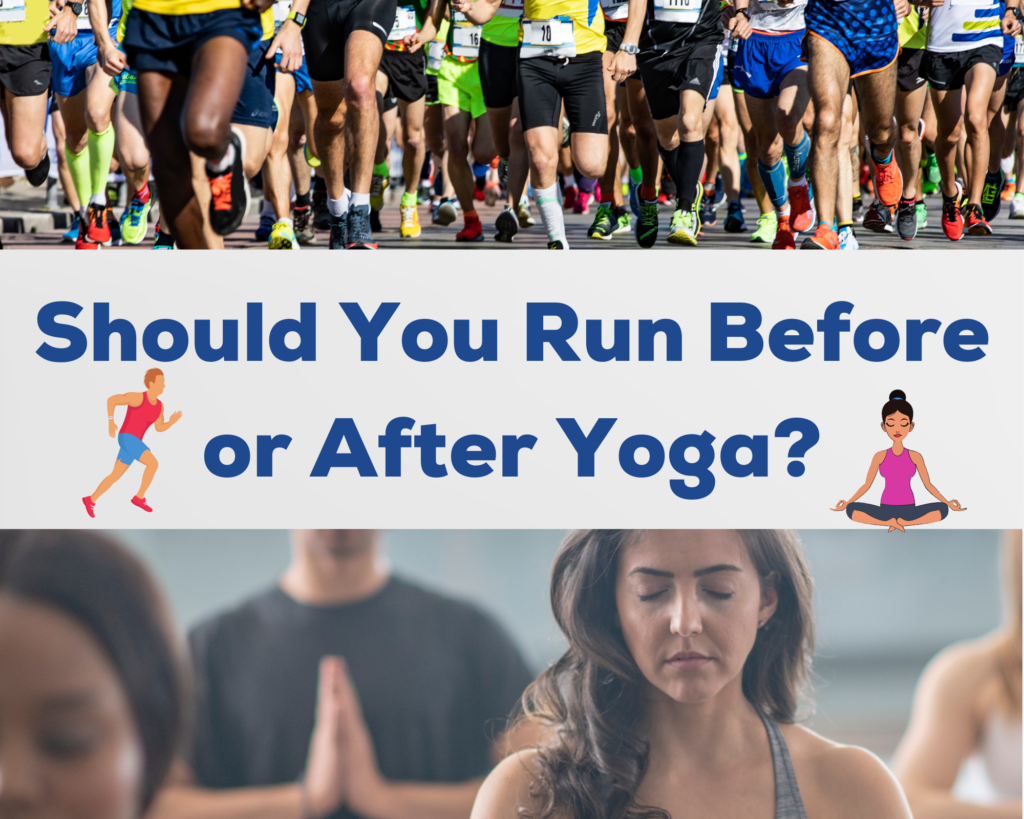
Should you run before or after yoga?
You may use yoga both before and after runs. The benefits of doing each will depend on the specific emphasis of your yoga routine. Below we have compiled a list of reasons to utilize yoga both before and after a run.
Benefits of running before yoga
- Yoga can be an effective way to lower your heart rate after a run steadily.
- Stretching poses may help decrease lactic acid buildup after a run.
- Yoga can increase flexibility in your muscles after running, improving future performance.
Benefits of doing yoga before a run
- A light yoga session can effectively warm up core and lower leg muscles before a run.
- Yoga provides the deep breathing and mental clarity necessary to prepare a runner mentally for an intense exercise.
- Yoga poses that require stretching can elongate muscles and clear lactic acid out of large muscle groups before a run.
Can I do yoga and run on the same day?
Yoga and running emphasize different muscle groups and benefit different areas of bodily fitness. Therefore, doing both exercises on the same day should be no problem.
In fact, if used properly, the acts of running and doing yoga on the same day can complement each other nicely by providing both anaerobic and aerobic fitness benefits respectively.
While there is some evidence that yoga can improve aerobic fitness in older folks, there is not a lot to suggest that it does much in that department for other age groups. Instead, yoga’s benefits lie in its ability to develop overall strength, a reduction of bodily inflammation, and in its mental health benefits.
Running, on the other hand, is the most efficient form of aerobic exercise that we know of. Its strengths lie in the cardiovascular health benefits that it provides.
These benefits are detailed in studies in which running has been shown to decrease the risk of heart-related death by as much as 30%. In addition, running also burns calories at an extremely high rate, making it the most efficient single metabolic exercise that you can participate in.
With these two exercises having such different benefits and the fact that they each put a strain on entirely different bodily systems, it is clear that participating in both a yoga session and running on the same day is perfectly safe.
Can running help improve your yoga?
While we have established the relative safety of training in both running and yoga, we haven’t really discussed the benefits of doing so. You may be wondering if running can help improve your yoga.
Take a look at the various situations below in which running consistently may benefit your performance in yoga.
- Running will improve cardiovascular health, enabling yogis to have improved stamina during intense sessions.
- Running can benefit lung capacity, allowing yogis to draw on deeper breaths that feed the rest of their muscles with the oxygen they need.
- Running, especially sprinting, can improve core strength, which can increase stability for yogis hoping to master more challenging poses.

Can yoga help improve your running?
Now let’s take a look at the inverse of the section above. Can doing yoga regularly actually improve your running? The following situations may suggest that this is the case.
- Consistent practice of stretching yoga may improve mobility and range of motion.
- Practicing Kundalini yoga, with its emphasis on meditation and breathing, may help develop a mindset that can improve running performance.
- Incorporating Power yoga into your training routine can improve strength and stability, which can improve your muscular endurance.
How do you balance running and yoga?
Using a combination of both running and yoga can help provide balance in your training regimen. Since running and yoga develop different parts of the body and train different bodily systems, these two types of exercise can pair well together.
Maintaining a balance between the two, however, requires planning and discipline.
Here are some suggestions as to how you should balance running and yoga when incorporating them both into the same exercise regimen.
- Schedule running and yoga sessions on alternating days.
- Use light yoga sessions as a warm-up for more intense runs.
- Use light runs to warm up for more intense yoga sessions.
- Use Yoga as a way to work through soreness accumulated during your intense running schedule.
The best kinds of yoga to do after running?
Write the best types of yoga that are suitable for a post-run workout.
If you want to substitute yoga in place of post-run calisthenic workouts, try the following types of yoga:
- Ashtanga Yoga
- Vinyasa Yoga
- Power Yoga
Ashtanga Yoga
Ashtanga yoga is a 20th-century form of Hatha yoga that includes very athletic movements, thought to be inspired by exercises used in training wrestlers and gymnasts.
Its rigorous physical movements focus on overcoming emotional and mental obstacles to clear the mind, cultivate healthy breathing practices, and develop physical strength, flexibility, and endurance.
Your physique and general wellness will swiftly improve thanks to the practice’s structure and frequency.
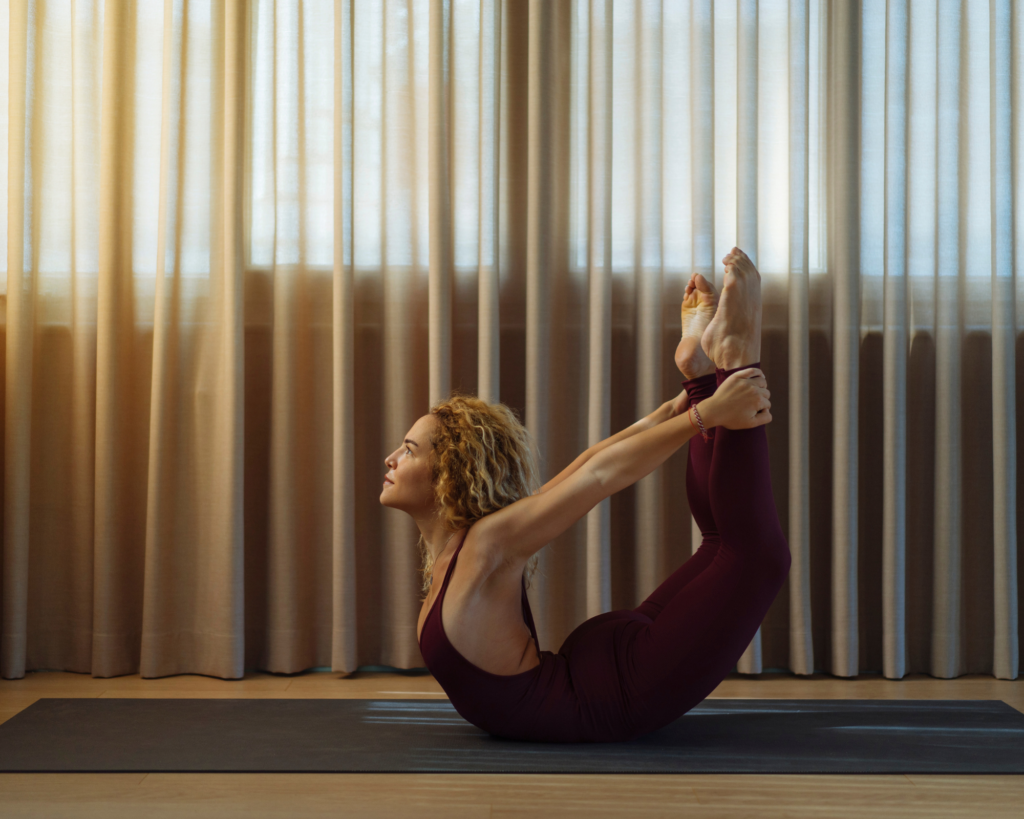
Vinyasa Yoga
Vinyasa yoga keeps you moving nearly constantly, which increases your metabolism and helps you burn more calories than you would in a typical hatha yoga class.
According to studies, frequent yoga practitioners could reduce their body fat and weight while also increasing their fitness. Evidence suggests that between 400 and 600 calories can be burned during an hour-long intermediate-level class.
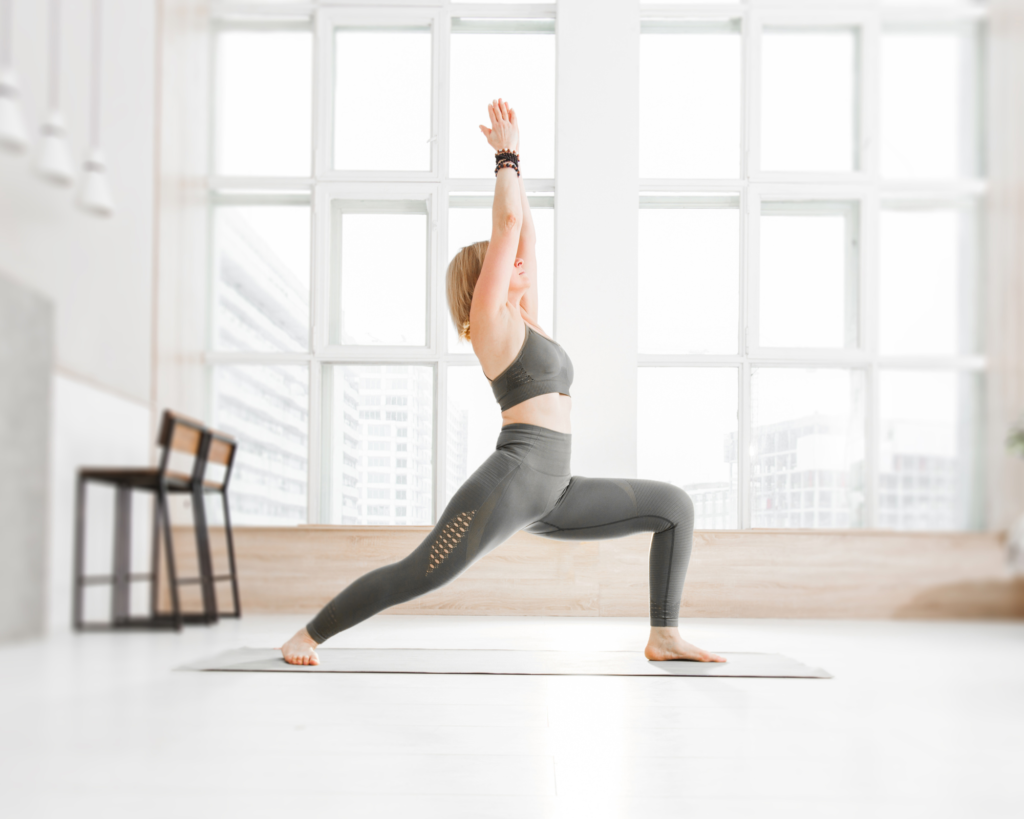
Power Yoga
Power yoga is a rapid cardio workout focusing on strengthening and flexing the body via powerful yoga poses. Most power yoga sessions include strength-building and aerobic exercises.
Pose holds in power yoga classes can last up to a minute, which helps to strengthen the targeted muscle area. Additionally, power yoga is frequently concentrated on elevating metabolic rates with a full-body workout.
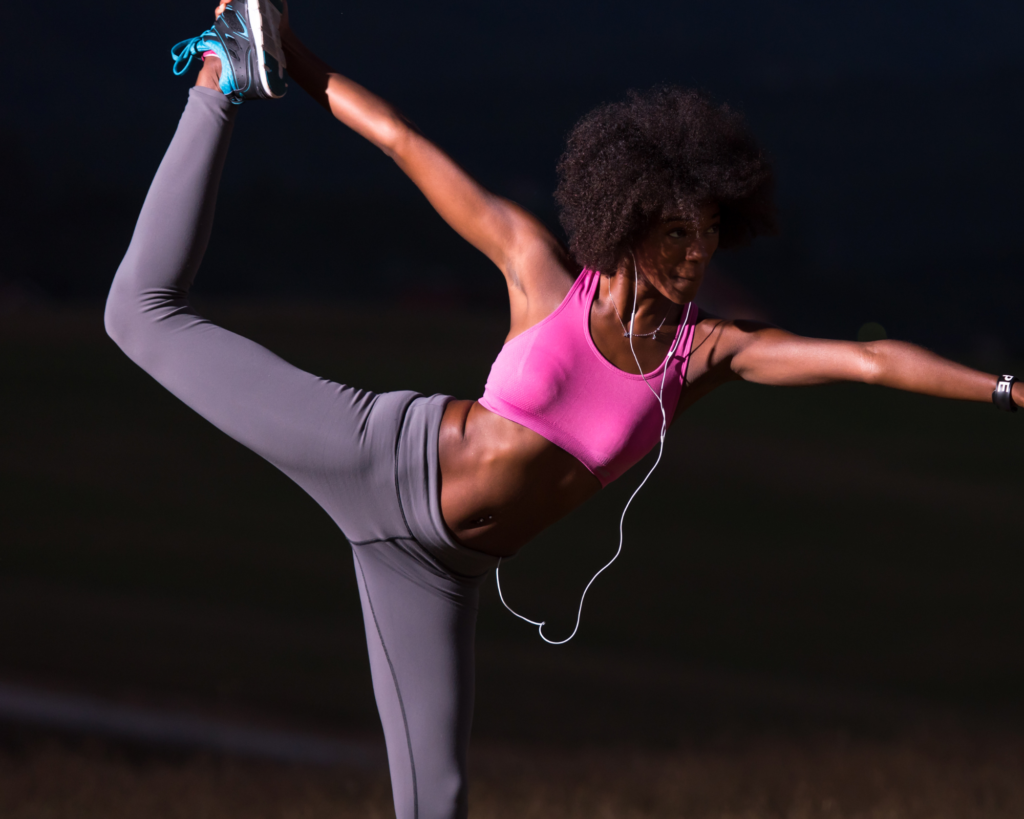
Should I do yoga after a workout?
Yoga can be a great way to work the lactic acid out of your muscles after a long workout. Just make sure to pick a relaxing yoga routine rather than a high-intensity one.
Should I workout after yoga?
You can work out after yoga, but you’ll want to make sure to pick a low-impact, dynamic-stretching yoga routine, as you don’t want to wear yourself out before your workout even begins.
Can I run after yoga?
You can run after yoga. Again, you’ll just want to ensure your yoga routine doesn’t completely tax your legs before a big run.
Should I do yoga before running?
You may do yoga as a dynamic warmup before running. This can be a great way to prepare your muscles for the repetitive task of running.
What’s the best yoga for runners?
While this depends on the individual objectives a runner may have for doing yoga, Ashtanga yoga can be a great style of yoga for runners. This is because its dynamic movements can serve as a great warmup, or an off day, cross-training workout for serious runners.

